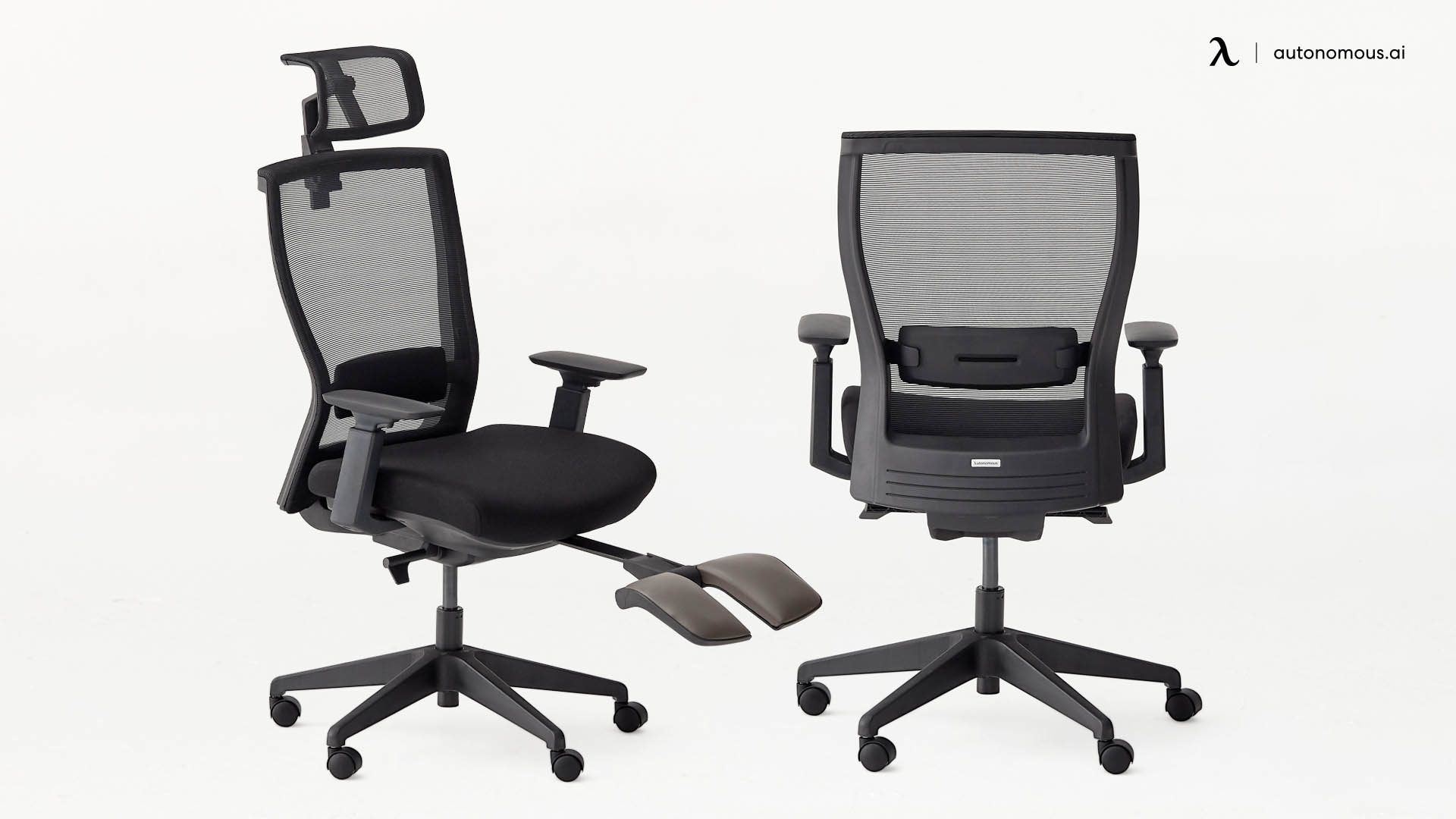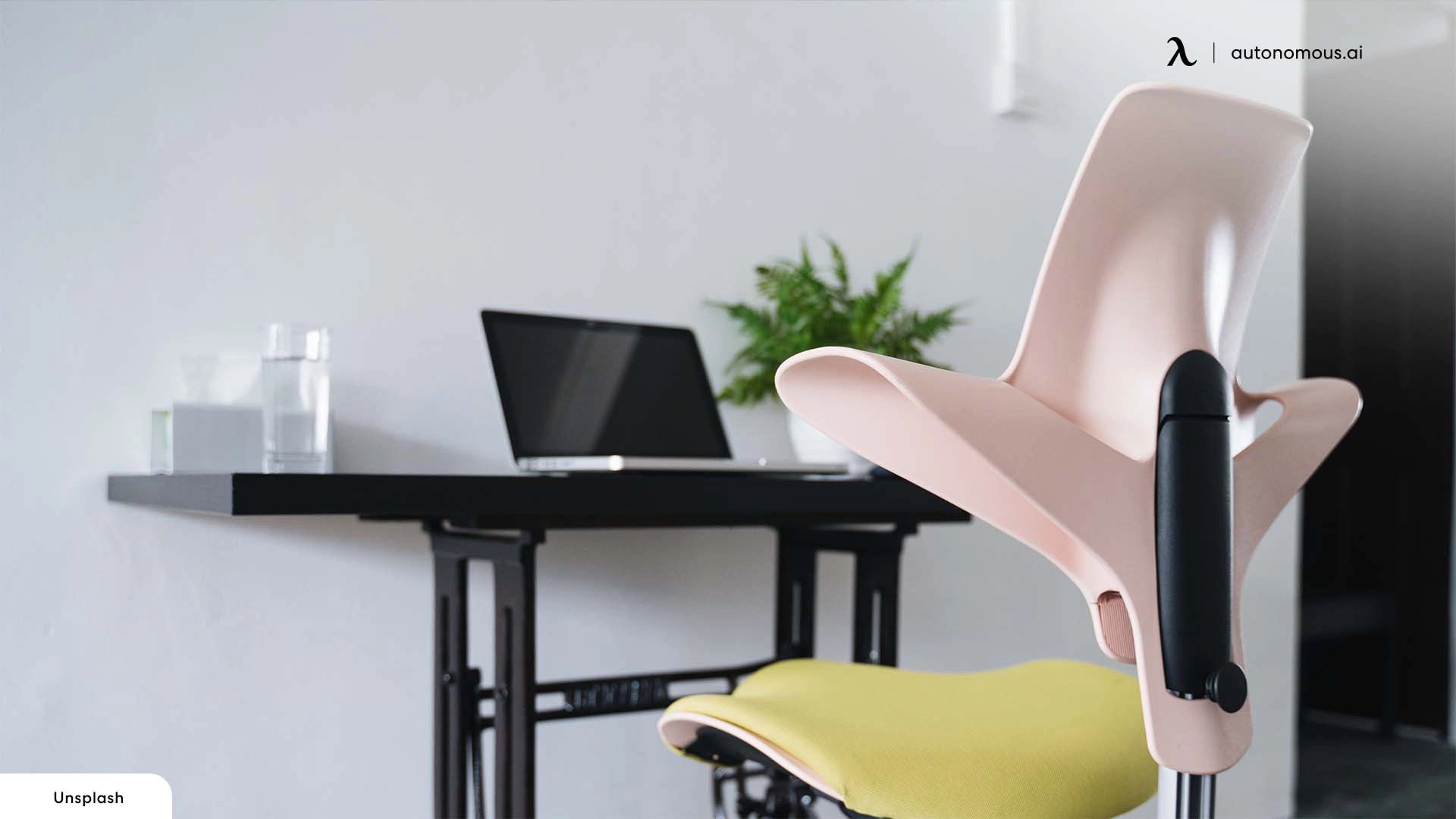Top Ergonomic Chair Features for Hip Pain Relief: Best Ergonomic Chair For Hip Pain

Choosing the right ergonomic chair can significantly impact hip health. Proper support can alleviate pain and prevent further issues, improving overall comfort and productivity. Understanding key features is crucial for making an informed decision.
Adjustable Lumbar Support and its Effect on Hip Alignment
Adequate lumbar support is paramount for hip pain sufferers. The lumbar spine, the lower part of your back, directly influences hip alignment. A poorly supported lower back forces your pelvis out of alignment, which can strain hip muscles and joints, leading to pain and discomfort. An adjustable lumbar support allows you to customize the curve of the backrest to match your natural spinal curvature. This ensures proper spinal alignment, reducing strain on your hips and promoting a more neutral posture. This, in turn, minimizes pressure points and improves overall comfort. Chairs with adjustable lumbar support often feature a mechanism to increase or decrease the height and depth of the lumbar curve, ensuring a personalized fit.
Seat Materials and Hip Comfort
The seat material plays a vital role in hip comfort. Different materials offer varying levels of support and breathability.
- Mesh: Mesh seats provide excellent breathability, preventing overheating and discomfort, particularly beneficial for prolonged sitting. However, they may not offer as much cushioning as foam, potentially causing discomfort for individuals with very sensitive hips.
- Foam: Foam seats, especially high-density foam, offer superior cushioning and support. They conform to the body’s shape, distributing weight evenly and reducing pressure points on the hips. However, the level of comfort depends on the foam’s density and quality; lower-density foam can flatten over time, losing its support.
- Hybrid Materials: Many chairs utilize hybrid materials combining the benefits of mesh and foam. These often feature a mesh backrest for breathability and a foam seat for comfort and support, offering a balanced approach.
Comparison of Chair Base Types: Five-Star vs. Four-Star, Best ergonomic chair for hip pain
The chair base significantly influences stability and overall support.
- Five-Star Base: The five-star base provides excellent stability and weight distribution, offering a wider and more secure support base. This is particularly important for individuals with hip pain, as it reduces the risk of instability and potential strain during movement.
- Four-Star Base: A four-star base is generally smaller and less stable than a five-star base. While still providing adequate support for many users, it might be less ideal for individuals who require exceptional stability or shift their weight frequently. The smaller footprint can also be beneficial in smaller workspaces.
Ideal Ergonomic Chair Setup for Individuals with Hip Pain
The following infographic illustrates the ideal ergonomic chair setup for hip pain relief.
Best ergonomic chair for hip pain – Infographic Description: The infographic would be a stylized image depicting a person sitting correctly in an ergonomic chair. The chair itself would be clearly labeled with key adjustable parts highlighted, such as the lumbar support, seat height adjustment, armrests, and backrest angle. Arrows would point to these features with short descriptions indicating the proper adjustments. The person in the image would exhibit perfect posture: feet flat on the floor, back straight but not rigid, hips and knees at a 90-degree angle, and shoulders relaxed. The text overlay would emphasize the importance of maintaining this posture to alleviate hip strain and improve comfort. The infographic would include a simple checklist for users to ensure their chair is set up correctly, reminding them to check their posture regularly throughout the day. A simple color scheme, perhaps blues and greens to evoke a sense of calm and health, would be used to make the infographic visually appealing and easy to understand.
Choosing the Right Chair and Maintaining Good Posture

Finding the perfect ergonomic chair for hip pain involves more than just picking a stylish model. It requires careful consideration of your body’s unique needs and commitment to maintaining good posture throughout the day. The right chair, combined with mindful movement, can significantly alleviate hip discomfort and prevent future issues.
Properly sizing your ergonomic chair is crucial for optimal support and comfort. Ignoring this step can negate the benefits of an expensive chair, leading to continued or even worsened hip pain. Regular movement and stretching are equally important; prolonged static postures, even in a great chair, can strain your hips and back. A holistic approach, combining the right chair with active breaks, is key to long-term hip health.
Measuring Your Body for Chair Selection
Accurate measurements are essential for selecting an appropriately sized ergonomic chair. Begin by measuring your height, hip width, and thigh length. Height will determine the overall chair height and the backrest’s position relative to your torso. Hip width dictates the necessary seat width for comfortable support, preventing pressure points. Thigh length ensures the seat pan depth is appropriate, providing proper support under your thighs and preventing pressure build-up. Consider using a measuring tape and a friend to assist in taking accurate measurements. Consult the manufacturer’s sizing charts to determine the best fit based on your measurements.
The Importance of Regular Movement and Stretching
Maintaining good posture and incorporating regular movement and stretching is critical to preventing hip pain, even when using an ergonomic chair. Prolonged sitting, regardless of chair quality, can restrict blood flow and tighten hip flexors, leading to discomfort and stiffness. Simple stretches, such as hip flexor stretches (kneeling hip flexor stretch, standing hip flexor stretch), piriformis stretches (lying piriformis stretch, seated piriformis stretch), and glute stretches (lying glute stretch, standing glute stretch) can help maintain flexibility and prevent pain. Aim for short, regular movement breaks every 30-60 minutes. Stand up, walk around, or perform a few simple stretches to promote blood circulation and relieve pressure on your hips. These short breaks can make a significant difference in your overall comfort and hip health.
Choosing an Ergonomic Chair: A Revised Guide
Selecting an ergonomic chair involves considering several key features. The seat should offer ample support and adjustability. Consider lumbar support, which helps maintain the natural curvature of your spine and reduces strain on your lower back and hips. The chair’s height should be adjustable to ensure your feet are flat on the floor and your thighs are parallel to the ground. Armrests, if present, should be adjustable to support your forearms and elbows, reducing shoulder and neck tension, which can indirectly impact hip posture. A comfortable backrest, ideally with adjustable recline, is essential for maintaining proper posture. The chair’s material should be breathable and comfortable for prolonged use. Finally, the chair’s overall stability and durability are crucial for long-term use and support.
Ergonomic Chair Checklist for Hip Pain Relief
- Adjustable Seat Height: Ensures proper leg and thigh support.
- Adjustable Lumbar Support: Provides crucial lower back support, indirectly benefiting hip posture.
- Wide and Deep Seat Pan: Accommodates hips comfortably, preventing pressure points.
- Adjustable Armrests (Optional): Support forearms and reduce shoulder tension.
- Breathable and Comfortable Material: Promotes airflow and prevents overheating.
- Stable and Durable Construction: Ensures long-lasting support and safety.
- Consider User Weight Capacity: Select a chair designed to support your weight comfortably.
- Read Reviews: Check user reviews to assess the chair’s real-world performance and comfort.
